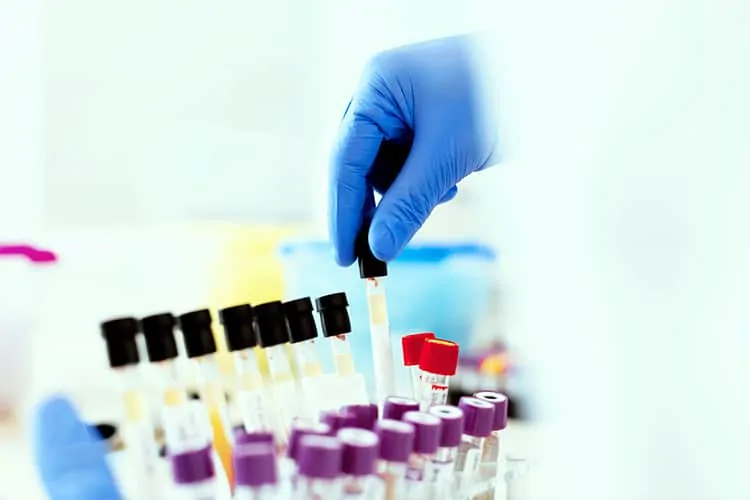Learn more about the implications of social media and genetic testing technology when it comes to donor anonymity and the donor-conceived child's search for its biological origins.
A growing issue for single parents and couples that use donated sperm to conceive a much-wanted child is to consider the rapid changes that Direct-To-Consumer genetic tests and social media are having on the issue of openness.
Parental Control Over the Information about the Sperm Donor is Diminishing
One prominent long-term issue surrounding the likelihood that children conceived through donor sperm will find out about their conceptual origins as they mature into adults even if their parents do not tell them, revolves around the growing use of genetic tests. In addition to governmental legislation in the United Kingdom and other countries that favor openness about the use of sperm and egg donors to become pregnant, there is another perhaps more powerful force at work. Advances in genetic testing and, in a large part the ease of access to social media and its related technologies, have removed parent’s ability to control information about conception that was once essentially impenetrable.
Intended parents and parents that have conceived children through donor sperm (and donor eggs and/or embryos) should be aware there is an increasing number of cases reported in the media and scientific literature where young adults who were conceived by donor sperm, eggs, or embryos have learned about their conceptual origins through the use genetic tests. Many young adults have found out about their donor origins unexpectedly or with an intent to do so as the findings from their genetic tests are made available to them.
The Impact of Genetic Tests and Social Media
At any point in their adult life, an uninformed sperm donor-conceived person can order a saliva DNA test kit and learn that their DNA does not match their presumed ancestry of their parents and family members, putting into question their genetic relatedness to their parents. In 2018, the United Kingdom’s Human Fertility and Embryology Authority issued a warning to cites urging them to inform users about the potential unwelcome and often traumatic consequences of finding out unexpectedly. The technological revolution itself has also ushered in many tools to penetrate anonymity, including facial recognition software when donor photos are provided to recipient parents, and social media, which exponentially increases the ease of connecting with others who are not personally known.


Well-Informed Parents to Donor-Conceived Children
Although many but not all donor-conceived adults search for their donor, there has been an uptake in the number of adults who also search for their donor-related siblings (people conceived through the same donor or non-donor conceived offspring of their donor). These contemporary “kinships” are on the rise. New ways of connecting with newfound genetically related individuals are growing. Initial contact is often through social media.
Intended parents and established families that are well-informed about the implications that genetic tests and advances in technology and social media can approach the need to inform their children about their sperm donor conception with an awareness and understanding about current developments.


